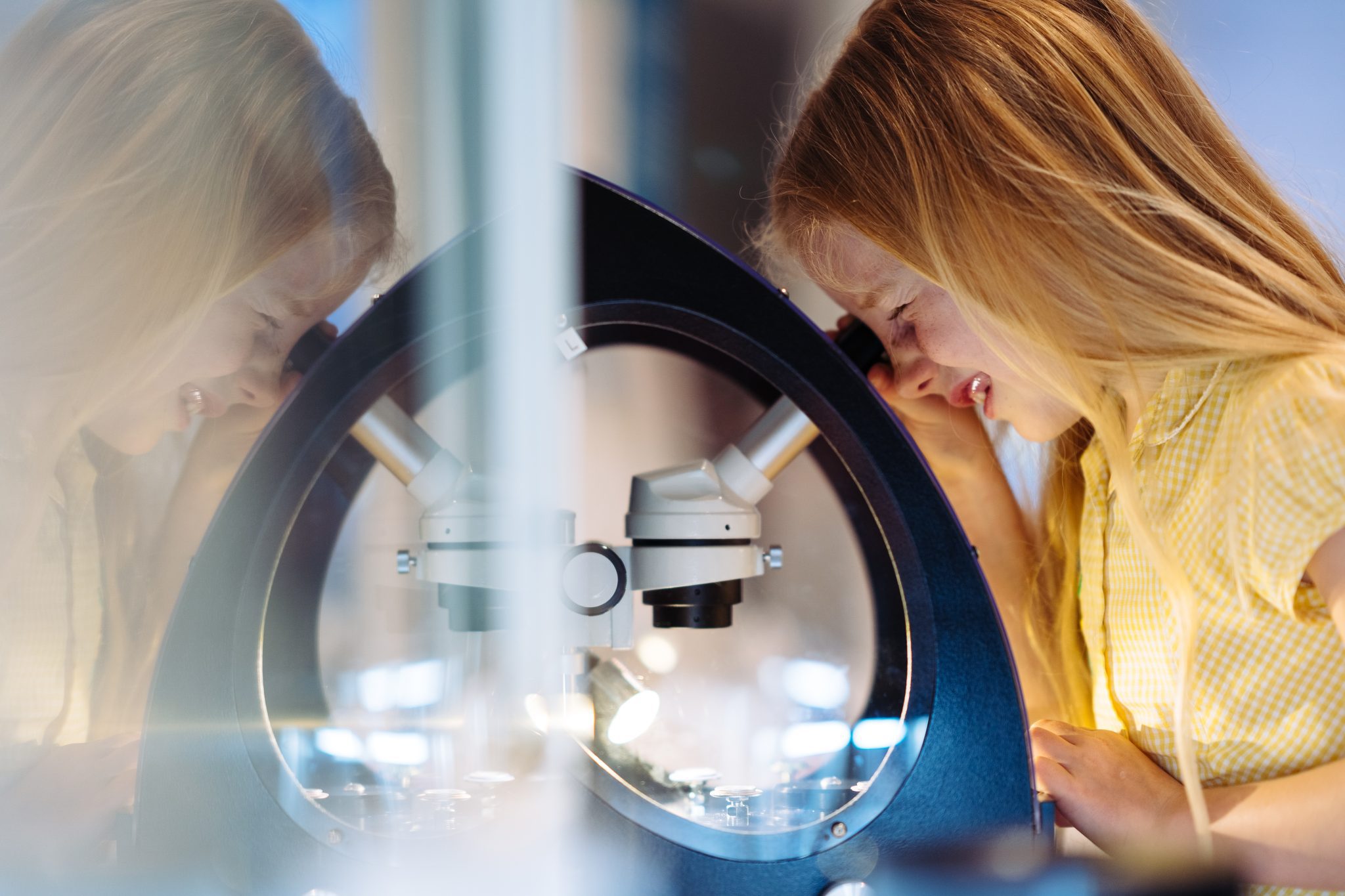13 February 2024
Sculpture Placement Group: Benefits for people and planet
Rowan Boase

We want to help support Scotland’s culture and heritage sector to play its role in achieving a successful transition to a sustainable future. Here, Sculpture Placement Group explain how they lengthen the life of sculptures, benefitting both artists and the environment.
Key learnings:
- Too often there isn’t a long-term plan for what happens to sculptures that are created – so they can end up in storage or a skip.
- Artists from working class backgrounds face barriers, particularly because the pressure to earn a living.
- Sculpture Placement Group create, test and share solutions to the interrelated environmental, financial and practical challenges faced in sculpture practice.
- Art and artists can help us think differently and enable the transition to net zero.
What happens to a sculpture after an exhibition ends? Artist Kate V Robertson and curator Michelle Emery-Barker shared a deep interest in this question, so in 2014 they created, with others, a show that consisted only of sculptures that had been languishing in long-term storage with no planned future. “We wanted to avoid the waste of energy and materials, but we also wanted to give artworks a new life,” explains Kate.
From this initial collaboration, the Glasgow-based pair went on to form Sculpture Placement Group (SPG), seeking to address the environmental, economic and practical challenges around sculptural practice, and bringing artworks to new audiences by placing sculptures in community settings. More recently, they have been involved in the recovery and refloating in the River Clyde of an enormous Floating Head sculpture originally commissioned for the Glasgow Garden Festival in 1988, and the commissioning of new, large-scale works.
Learning through doing – and sharing solutions
They describe SPG as an “action research organisation” – learning through doing, often modelling new approaches and creating practical tools others can use.
“We’re really interested in knowledge which comes through trying and testing things and then how we might share those things or scale them up in the future, if they’re useful in the real world.”
A flagship project is their Circular Arts Network (CAN), an online sharing platform that enables artists and others to find materials to reuse and exchange. CAN also facilitates the sharing of resources such as transport, equipment and time. To date, more than 800 individuals and organisations have begun using it. As well as the environmental benefits, SPG are interested in its potential to help create new connections and opportunities for artists, too.
Breaking down financial barriers for artists
“Coming from a working-class background, you appreciate there are barriers. That’s got more acute as time’s gone on,” says Michelle. “It’s really unfair if you just don’t have those opportunities because of where you come from, or how you speak, or because you don’t have the financial means.”
To help break down these barriers, an important aim of SPG is to find ways to help artists make a living from their work. For example, the SPG Club generates income for artists by commissioning and selling new pieces, while a loan scheme enables anyone to pay to have a contemporary sculpture on display in their community or workspace.
A focus on sustainability can help resolve the issues around accessibility and the economic viability of sculpture that SPG originally set out to address. And they believe there’s an important role for art and artists in the transition to net zero.
“We’re very aware of the potential of artworks and culture to communicate differently on a much more immediate and emotional level.
It’s really hard and terrifying to think that we’re going to have to live radically differently. Artists are really good at imagining what that might be, being really positive and sharing that message.”

